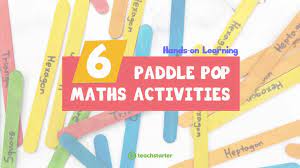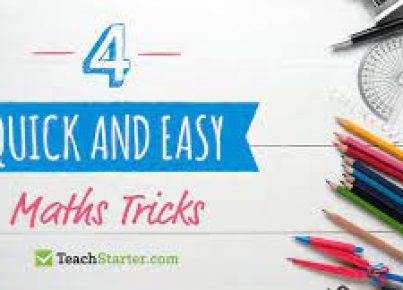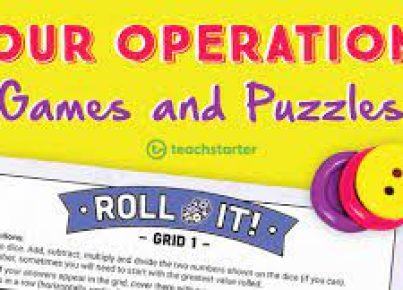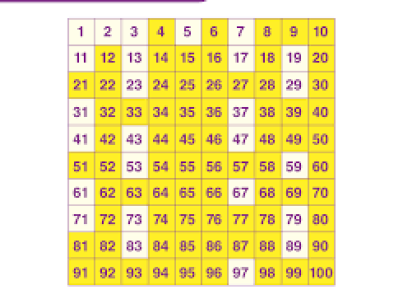Maths can be a challenging subject for some students, especially when it does not involve any practical activities. Fortunately, with a little creativity and some paddle pop sticks, maths can become a fun, hands-on learning experience. Let’s explore six engaging paddle pop stick maths activities designed to make learning both fun and educational.
1. Counting and Sorting
Encourage children to use paddle pop sticks for counting and sorting exercises. Start by giving them a specific number of sticks and ask them to sort them into groups of two, five, or ten. This activity is perfect for teaching basic counting skills and understanding multiples.
2. Building Shapes
Paddle pop sticks can be easily used to construct different geometric shapes. Children can create triangles, squares, rectangles, and other more complex polygons by laying out sticks on a flat surface. This activity helps with the recognition of geometric shapes and understanding the properties of each figure.
3. Addition and Subtraction Tower
Create a tower building game where each addition or subtraction answer represents the number of paddle pop sticks used to build the next level of the tower. For example, if the math problem is 3+2, they would add five sticks to create the next layer. This visual representation helps to reinforce basic arithmetic skills.
4. Fractions Fun
Introduce fractions by grouping paddle pop sticks together and then dividing them into halves, thirds, or quarters. Showing children how to break down groups into smaller parts provides a clear visual of how fractions are formed and what they represent.
5. Paddle Pop Graphs
Use paddle pop sticks to create bar graphs on a piece of paper or cardboard. Children can learn about data collection and interpretation by measuring and comparing the height of each “bar” in their graph. This activity makes understanding graphs interactive and tangible.
6. Measurement Practice
Paddle pop sticks can also serve as makeshift rulers for measuring items around the classroom or home. This hands-on activity teaches children about length and reinforces units of measurement like inches or centimeters.
Each activity not only supports vital mathematical concepts but also encourages fine motor skill development as children manipulate the paddle pop sticks into various formations. Using tangible items like paddle pops in maths provides an engaging way for children to explore numerical concepts while having fun.





